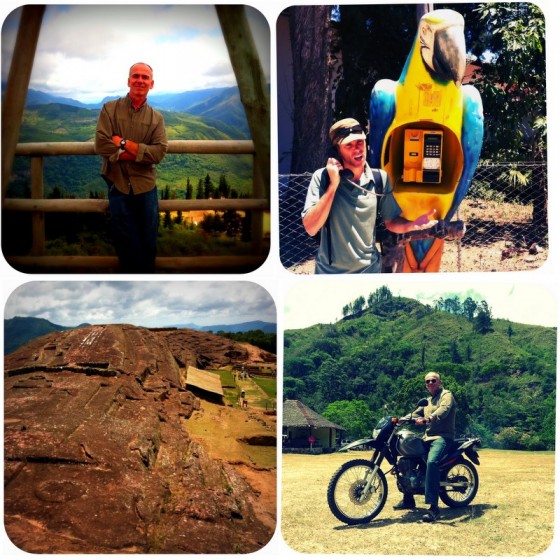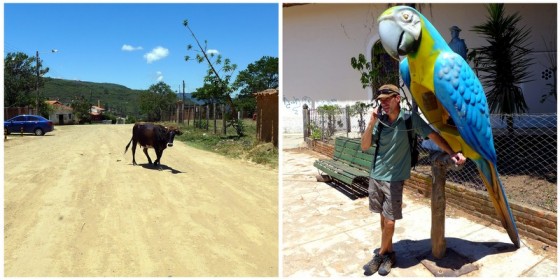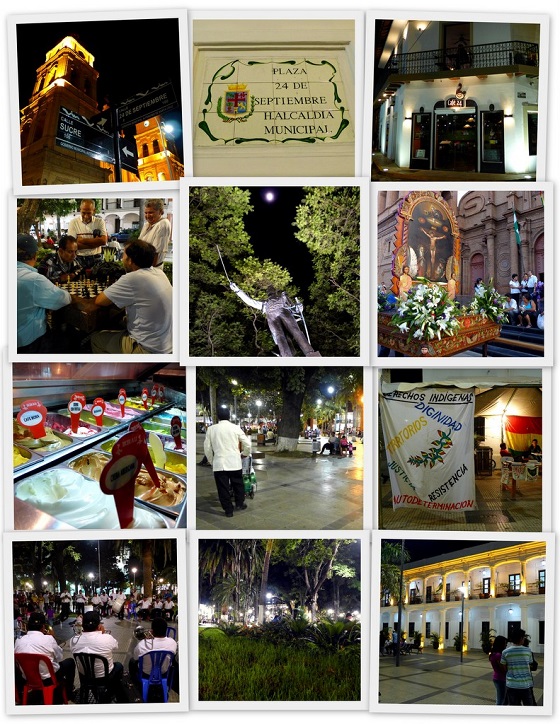
In Quechua the town means “The Height to Rest” – and indeed this is where Paul and I found a relaxing and picturesque place to kick back for a long weekend. We were coming from steamy, tropical Santa Cruz in the eastern lowlands of Bolivia in search of cooler temperatures and an escape from the crowds. It was our last weekend together in Bolivia before Paul had to return home.
Samaipata is something of an anomaly for Bolivia. Blessed with a delightful subtropical climate and tucked in the easternmost folds of the Andes mountains, the area has attracted foreigners for centuries: first the Sephardic Jews expelled from peninsular Spain during the Inquisition, later some Italians and Croats, and finally a sizable number of expats (mainly artists and free-thinkers from Europe) starting in the 1970’s when the road from Santa Cruz was paved.
Perhaps the most celebrated foreigner to come to the region was Ernesto “Che” Guevara in 1966 during his ill-fated attempt to bring Socialist revolution to South America. He was killed almost a year later in the nearby village of La Higuera.
Today Samaipata remains a sleepy backwater with quiet colonial streets, a peaceful Plaza Principal filled in the evenings with locals on promenade and traveling hippies playing music and selling hand-made wares. The resident expats are barely visible but present, often running businesses catering to tourists. Samaipata hosts organic farms, Buddhist meditation retreats, ecological construction (my superadobe instructor from La Paz is based here), and a large number of reveling cruzeños from Santa Cruz on holiday weekends.
Samaipata is an especially agreeable place. It reminded us of what San Miguel de Allende in Mexico may have been like decades ago.

Continue reading “Finding R&R (Rest & Ruins) in Serene Samaipata”




